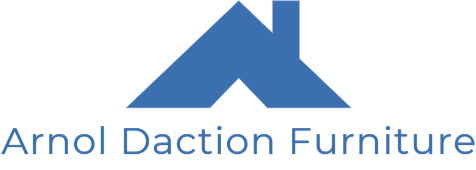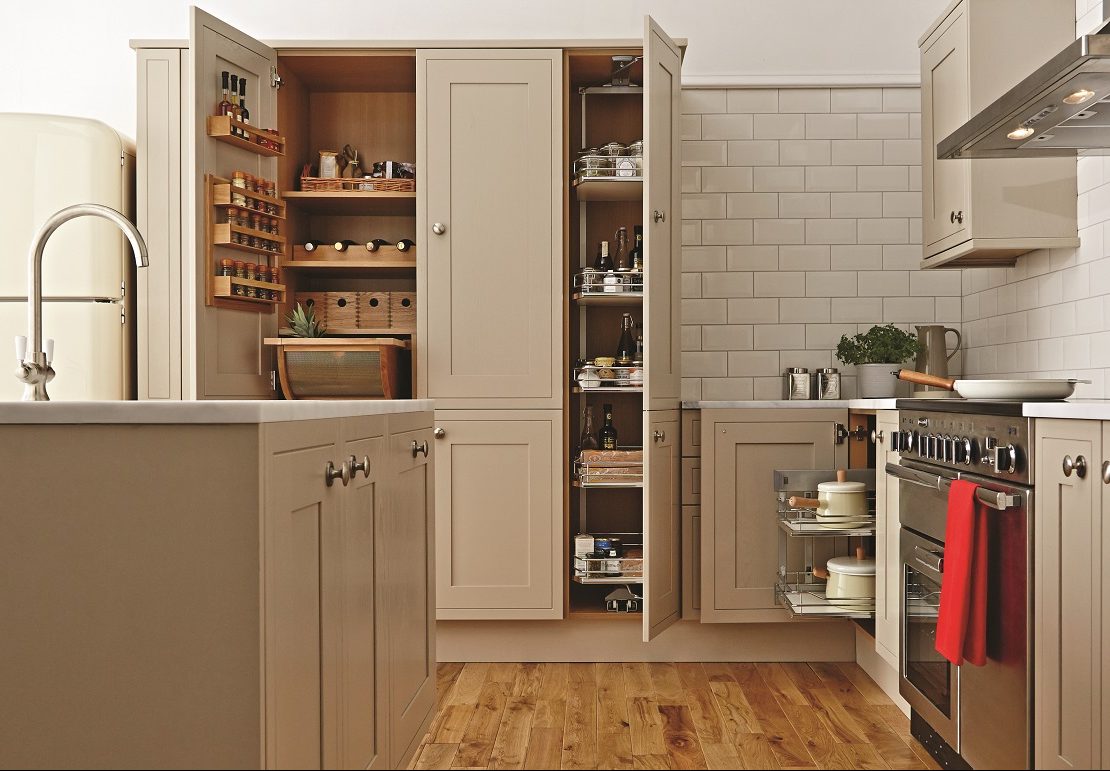Office equipment useful life is the estimated time it’s expected to be functional and provide economic benefit. It is an estimate based on how the item was used previously and the rate of wear and tear. It can also be influenced by the pace of technological change and depreciation methods. The useful life of a piece of equipment is often determined when the company is purchasing it and must estimate how much depreciation to allocate over the item’s lifespan.
There are many different types of equipment that a company needs to run its operations. These include hardware and software, furniture and stationery, as well as other technical devices. Some of these assets may be more durable than others, but they all need to have a useful life to allow for proper expense allocations and budgeting.
It’s not always easy to determine an accurate useful life for a new piece of equipment. However, there are some steps that companies can take to ensure that the useful life estimate is as accurate as possible.
The first step is to research the useful lives of similar items. There are a number of resources that can help with this, including the American Hospital Association guidelines and recommendations from the Appraisal Institute. Additionally, the item’s manufacturer should be able to provide information on how long their products typically last.
Another way to get a more accurate estimate is to consider the usage patterns of previous items of the same type. This is an especially important factor for equipment that is likely to be damaged by certain conditions, such as a rough climate or being in a flood zone.
A third factor to consider is how the item is being used. If it is being used to process audio, for example, then the useful life is impacted by how much it will be subjected to noise and other factors. If a business is not using the item as it is intended, then it may need to be changed out for a newer model sooner than expected.
The final thing to consider is the pace of technology change. If a company has a habit of adopting new technologies quickly, it is important to be aware of this and plan accordingly for a shorter useful life for the asset.
As an example, a computer with an estimated useful life of five years may need to be replaced with a newer model after only three or four years.
Depreciation is a process of spreading the cost of an asset over its estimated useful life, so that the company can expense it in appropriate amounts over time. This allows for a more accurate accounting of expenses and enables the company to know how much it is spending on its operating equipment.





